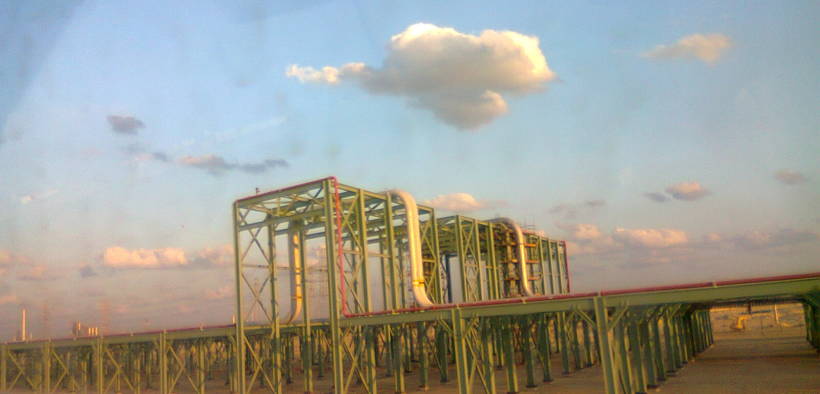US Claims it Has New Evidence of Iran Attack on Saudi Oil Fields

The U.S. pressed its case to the U.N. Security Council that Iran was behind attacks on Saudi oil facilities in September, while the U.N. is hesitant to rush to judgment.
(MEMO) The US has shared what it says is new evidence supporting its claim that Iran was behind the 14 September attack on Saudi Aramco oil facilities, which temporarily halved the kingdom’s production capacity.
Details of Washington’s investigation were submitted to the United Nations Security Council yesterday in an effort to increase pressure on the Iranians to come to an agreement over a new nuclear deal. The old one, singed in 2015 by the group known as P5+1 (China, France, Russia, the United Kingdom and the United States; plus Germany) was torn up by President Donald Trump last year.
In their investigation, American intelligence services have concluded that there is no other reasonable alternative to Iran being the source of at least one of the missiles that struck Abqaiq and Khurais oil facilities located in the Eastern Province of Saudi Arabia.
Pointing the finger at Iran for the attack, US officials said that the direction of one of the drones crossed a site about 200 km northwest of the attack site before hitting its targets. Debris from the site of the attack was examined by the US to confirm its initial conclusion that Tehran was behind the attack.
“When adding this to the maximum possible range of 900 km for the drone, it is highly likely that the source of the attack will be north of Abqaiq,” the report found according to Reuters who had exclusive access to details inside the report before its presentation to the UN.
The Americans also identified some similarities between the drones used in the attack and the drones designed and produced by Iran known as the IRN-05.
Despite these claims, the Americans admit that they were not able to conclusively reveal the location of the launch of the attack. “Up to this point, the American intelligence services have not identified any information from the weapons systems that were recovered after they were used in the September 14 attacks on Saudi Arabia, which conclusively reveal the source of the attack,” found the report.
A day after the drone attack US Secretary of State Mike Pompeo accused Iran of leading attacks on Saudi oil plants and ruled out the involvement of Yemeni Houthis even though the group were quick to claim responsibility for the attack which they named “Operation Deterrent Balance 2”.
The UN does not seem to share American conviction. Speaking to the Security Council, Rosemary DiCarlo of the United Nations confirmed that the world body is still reviewing all aspects of the case and is still collecting additional information.
Tehran’s Ambassador to the United Nations, Majeed Takht Rawanji, meanwhile flatly rejected the American claims at the Security Council. He described US sanctions on Iran as “economic terrorism” and said that “Iran does not negotiate under the sword.”
A similar report was presented last week by the United Nations, according to Reuters. The UN said it was “unable to independently verify” that the rockets and drones used in the attacks on the Saudi oil facilities in September were “of Iranian origin”.












I’m reminded of Dubya’s attempt at drama when he said to the audience, “…uranium [pregnanat pause, leaning over toward the audience for empasis]…from AFRICA!”